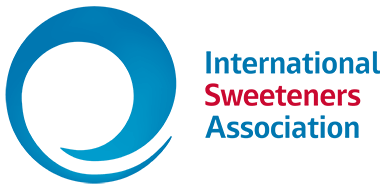Abstract
This study investigated whether the Belgian population older than 15 years is at risk of exceeding ADI levels for acesulfame-K, saccharin, cyclamate, aspartame and sucralose through an assessment of usual dietary intake of artificial sweeteners and specific consumption of table-top sweeteners. A conservative Tier 2 approach, for which an extensive label survey was performed, showed that mean usual intake was significantly lower than the respective ADIs for all sweeteners. Even consumers with high intakes were not exposed to excessive levels, as relative intakes at the 95th percentile (p95) were 31% for acesulfame-K, 13% for aspartame, 30% for cyclamate, 17% for saccharin, and 16% for sucralose of the respective ADIs. Assessment of intake using a Tier 3 approach was preceded by optimisation and validation of an analytical method based on liquid chromatography with mass spectrometric detection. Concentrations of sweeteners in various food matrices and table-top sweeteners were determined and mean positive concentration values were included in the Tier 3 approach, leading to relative intakes at p95 of 17% for acesulfame-K, 5% for aspartame, 25% for cyclamate, 11% for saccharin, and 7% for sucralose of the corresponding ADIs. The contribution of table-top sweeteners to the total usual intake (<1% of ADI) was negligible. A comparison of observed intake for the total population with intake for diabetics (acesulfame-K: 3.55 versus 3.75; aspartame: 6.77 versus 6.53; cyclamate: 1.97 versus 2.06; saccharine: 1.14 versus 0.97; sucralose: 3.08 versus 3.03, expressed as mg kg(-1) bodyweight day(-1) at p95) showed that the latter group was not exposed to higher levels. It was concluded that the Belgian population is not at risk of exceeding the established ADIs for sweeteners.
Summary
This study by Huvaere et al concludes that the daily intake of low calorie sweeteners (acesulfame-K, saccharin, cyclamate, aspartame and sucralose) among people over 15 years in Belgium is significantly lower than the Acceptable Daily Intake (ADI), even for “heavy” consumers. Furthermore, neither people with diabetes, who could potentially be consuming more products with low calorie sweeteners, were exposed to higher levels of intake.
In fact, the risk of exceeding the ADIs of the studied sweeteners by the Belgian consumers resulted to be very low, both at the level of the more conservative approach (Tier 2) and when actual concentration levels in foods were taken into account (Tier 3). It was concluded that the Belgian population is not at risk of exceeding the established ADIs for sweeteners.

